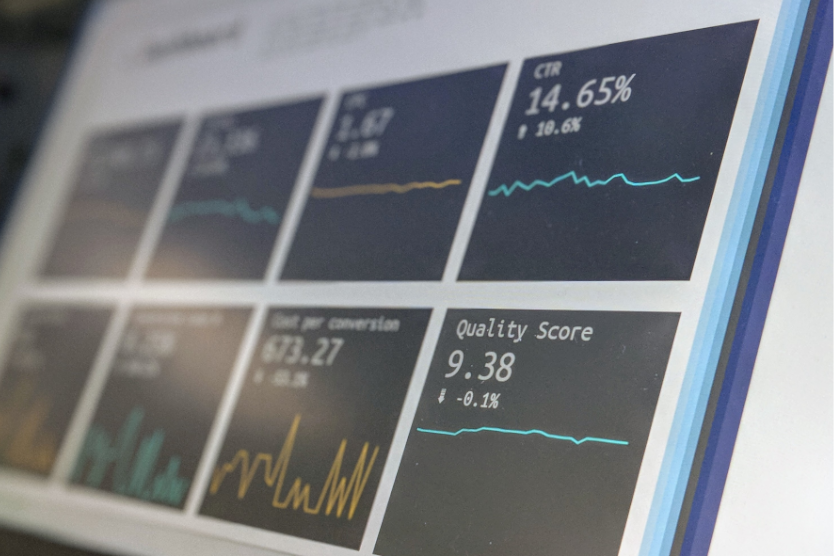
New batteries with stabilised membranes were tested extensively and after hundreds of charging and discharging cycles, no chemical phenomenon which causes short circuiting was found.
© Stephen Dawson, Unsplash
As electromobility grows, alternatives to lithium-ion (li-ion) batteries must be found. As the energy density of conventional li-ion systems reaches its saturation point, they will be insufficient for the electric cars of the future. Lithium metal batteries can deliver twice as much energy-per-unit-weight compared to li-ion, but the technology has been held back by a chemical phenomenon which causes short circuiting.
Now scientists at Friedrich Schiller University in Jena, Thuringia, and Boston University and Wayne State University in the US, have discovered a way to prevent lithium dendrite formation – needle-like structures which form over the metal anode like stalagmites – which cause the battery to short cuircuit when they pierce the membrane separating the positive and negative electrodes.
Dendrites form when the ions move back and forth between the cathode and anode, picking up an electron on the way and depositing a lithium atom on the anode. The accumulation of atoms creates dendrites. Dendrite nucleation (the first stage of crystallisation) can be avoided, however, if the ion transport is more homogenous.
“That’s why we applied an extremely thin, two-dimensional membrane made of carbon to the separator, with the pores having a diameter of less than one nanometre,” explains Professor Andrey Turchanin from the University of Jena, in a report that was first published in Advanced Energy Materials. “These tiny openings are smaller than the critical nucleus size and thus prevent nucleation. Instead of forming dendritic structures, the lithium is deposited on the anode as a smooth film.”
The batteries with the stabilising membrane were tested extensively and after hundreds of charging and discharging cycles, no dendritic growth was detected. The team has applied for a patent for the method.


